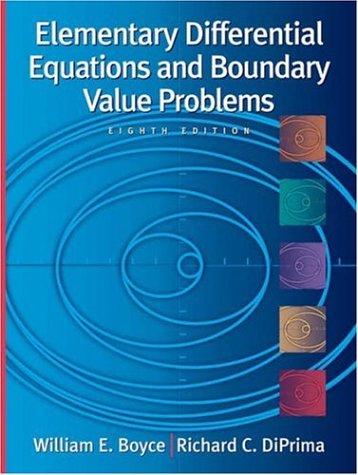Question
If the die is fair, then all six outcomes (1, 2, 3, 4, 5, 6) should be equally likely, therefore the probability of getting any
If the dieis fair, then all six outcomes (1, 2, 3, 4, 5, 6) should be equally likely, therefore the probability of getting any specific value should be 1/6 (or 0.17 rounded to 2 decimal places).
Let X represents the outcome of a die roll and P(X=1) represent the probability that a single die roll would produce an outcome of 1. Then P(X=1) = P(X=2) = P(X=3) = P(X=4) = P(X=5) = P(X=6) = 1/6
Suppose you roll the die 36 times and recorded the outcome of each roll:1 5 2 3 4 3 1 3 6 1 5 6 2 1 1 3 3 5 1 5 2 3 6 5 5 6 3 4 5 1 3 2 2 1 6 3
A chi-square test can then be used to assess whether this observed distribution of die rolls (categorical data) significantly deviates from the expected distribution of die rolls if the die is fair.
For this test, the null hypothesis, H0, is that the die is fair and the alternate hypothesis, H1, is that the die is NOT fair.
The chi-square test statistic is denoted as 2 (looks a little like a big X, but it's not actually and X) is calculated using the equation2 = [(O-E)2 / E].
a) What is the chi-square test statistic for assessing whether the 36 observed die rolls (shown above) suggest the die is fair? Enter the answer below in decimal form, round to 2 decimal places.
b)The degrees of freedom for the chi-square goodness of fit test is the number of possible outcomes minus 1. What is the df for the chi-square test statistic in the last question?
Step by Step Solution
There are 3 Steps involved in it
Step: 1

Get Instant Access to Expert-Tailored Solutions
See step-by-step solutions with expert insights and AI powered tools for academic success
Step: 2

Step: 3

Ace Your Homework with AI
Get the answers you need in no time with our AI-driven, step-by-step assistance
Get Started


